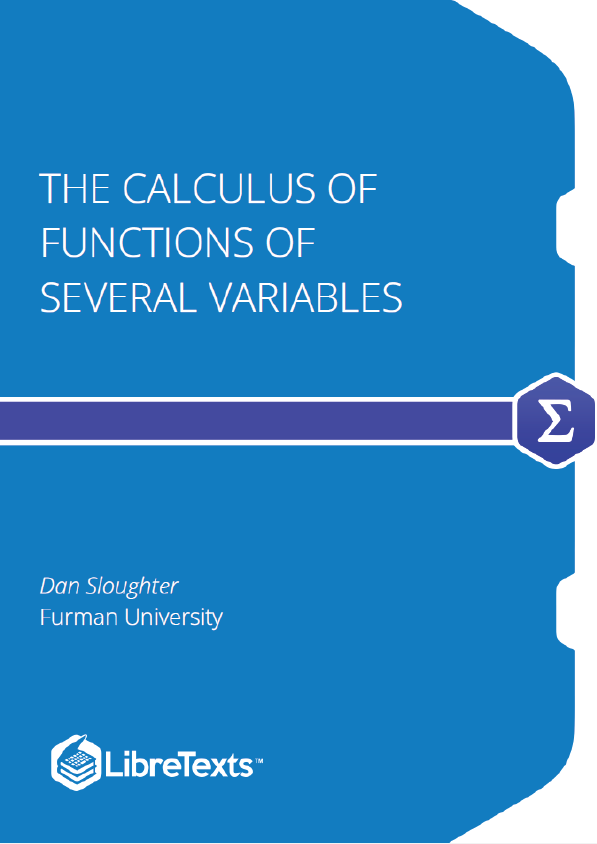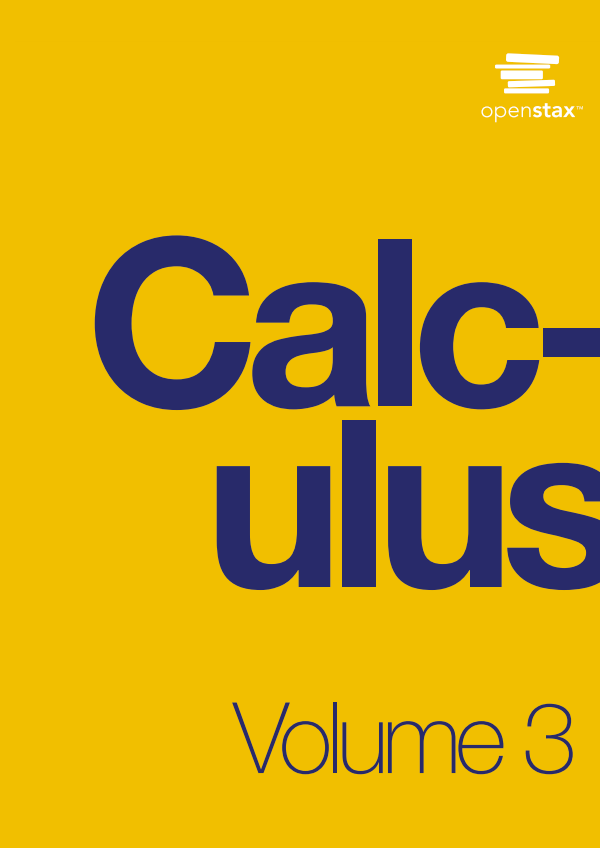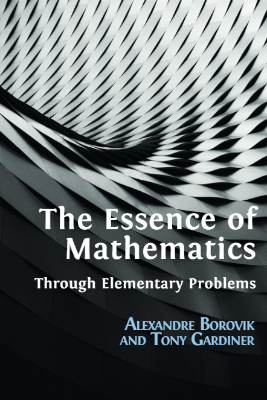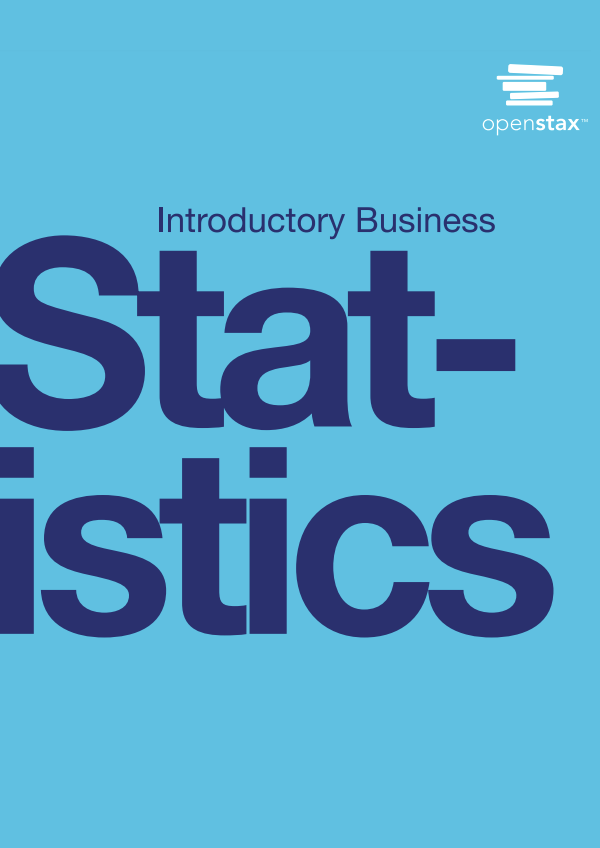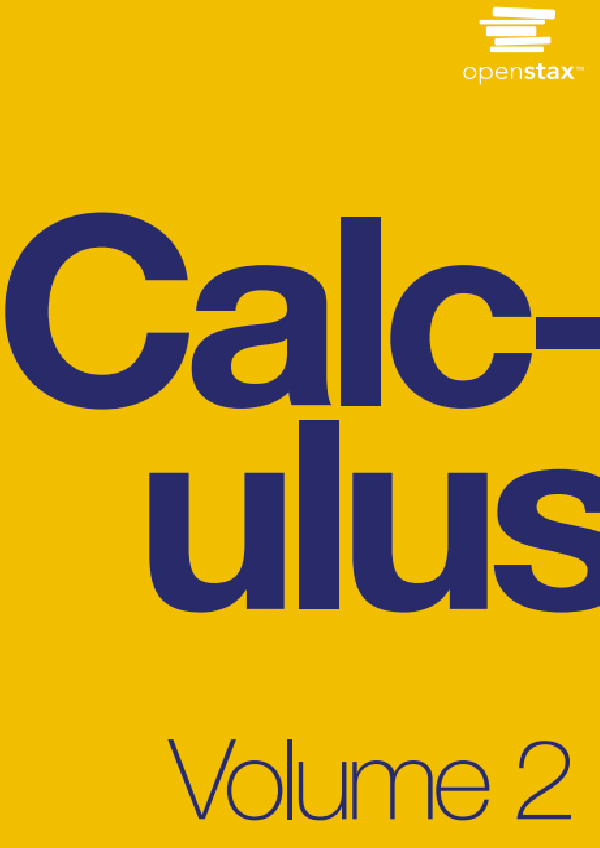Introduction to Rⁿ
Calculus is the study of functional relationships and how related quantities change with each other. In your first exposure to calculus, the primary focus of your attention was on functions involving a single independent variable and a single dependent variable. For such a function a single real number input determines a unique single output value However, many of the functions of importance both within mathematics itself as well as in the application of mathematics to the rest of the world involve many variables simultaneously. For example, frequently in physics the function which describes the force acting on an object moving in space depends on three variables, the three coordinates which describe the location of the object. If the force function also varies with time, then the force depends on four variables. Moreover, the output of the force function will itself involve three variables, the three coordinate components of the force. Hence the force function is such that it takes three, or four, variables for input and outputs three variables. Far more complicated functions are easy to imagine: the gross national product of a country is a function of thousands of variables with a single variable as output, an airline schedule is a function with thousands of inputs (cities, planes, and people to be scheduled, as well as other variables like fuel costs and the schedules of competing airlines) and perhaps hundreds of outputs (the particular routes flown, along with their times). Although such functions may at first appear to be far more difficult to work with than the functions of single variable calculus, we shall see that we will often be able to reduce problems involving functions of several variables to related problems involving only single variable functions, problems which we may then handle using already familiar techniques.
By definition, a function takes a single input value and associates it with a single output value. Hence, even though in this book the inputs to our functions will often involve several variables, as will the outputs, we will nevertheless want to regard the input and output of a function as single points in some multidimensional space. This is natural in the case of, for example, the force function described above, where the input is a point in three dimensional space, four if we need to use time, but requires some mathematical abstraction if we want to consider the input to the gross national product function as a point in some space of many thousands of dimensions. Because even the geometry of two and three-dimensional space may be in some respects new to you, we will use this chapter to study the geometry of multidimensional space before proceeding to the study of calculus proper in Chapter 2. Throughout the book we will let denote the set of real numbers.
